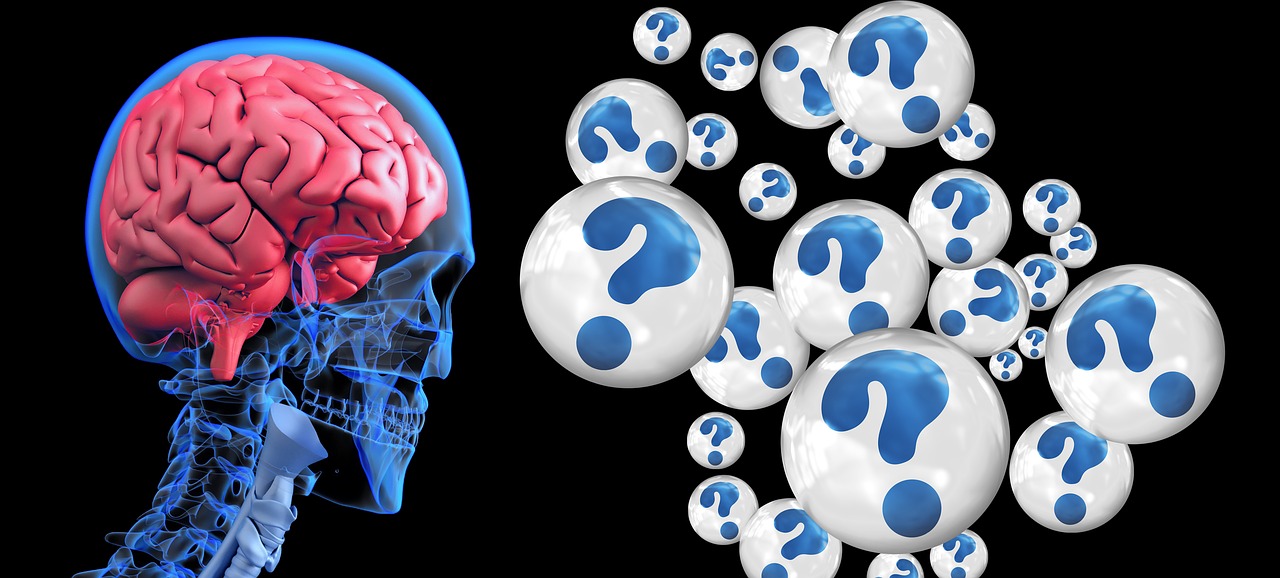Researchers have found that a focused ultrasound technique, known as sonobiopsy, can release more neurodegenerative disorder biomarkers in the blood to ease the diagnosis of the diseases.
The study, published Tuesday in the journal Radiology, found a non-invasive method to detect biomarkers in blood that were previously restricted by the blood-brain barrier.
Focused-ultrasound-mediated liquid biopsy in a mouse model released more tau proteins and another biomarker into the blood than without it, the study found. Many neurodegenerative disorders, including Alzheimer’s disease, are characterized by the presence of tau proteins in the brain.
In sonobiopsy, focused ultrasound is used to target a precise location in the brain.
“Once located, the researchers inject microbubbles into the blood that travel to the ultrasound-targeted tissue and pulsate, which safely opens the blood-brain barrier. The temporary openings allow biomarkers, such as tau proteins and neurofilament light chain protein (NfL), both indicative of neurodegenerative disorders, to pass through the blood-brain barrier and release into the blood,” the researchers wrote in a news release.
The method is being touted as the first non-invasive and targeted diagnosis and monitoring of neurodegenerative disorders using ultrasound technique.
In the study, blood samples were collected from young mice with abnormal tau proteins in the brain, or tauopathy, who were receiving either sonobiopsy or were in the control group.
Following analysis, it was seen that sonobiopsy led to a 1.7-fold increase in the normalized phosphorylated pTau-181 tau protein levels and a 1.4-fold increase in normalized pTau-231 compared with the control mouse group.
Next, the researchers again conducted a sonobiopsy, this time by targeting either the hippocampus or cerebral cortex in the early neurodegenerative stages of the tauopathy model. Blood samples before and after the sonobiopsy were collected and analyzed. The targeted sonobiopsy showed a 2.3-fold increase in NfL protein–a secondary biomarker for neurodegenerative diseases–in the sonobiopsy group.
“In our proof-of-concept study, we sought to determine whether sonobiopsy is able to release phosphorylated tau species and NfL into the bloodstream by opening the blood-brain barrier,” Hong Chen, associate professor of biomedical engineering in the McKelvey School of Engineering and of radiation oncology in the School of Medicine, said in the news release. “This demonstration showed that sonobiopsy significantly enhanced the release of pTau proteins and a secondary marker of neurodegeneration into the bloodstream for non-invasive diagnosis for neurodegenerative diseases.”
In another show of ingenuity, a different group of scientists has created an innovative “smart patch,” using microneedle technology, which can detect warning signs of Alzheimer’s in just six minutes, before the symptoms even occur. The device created by scientists at Swansea University looks for inflammatory biomarkers of neurologic disease, and can spot them with great accuracy.


